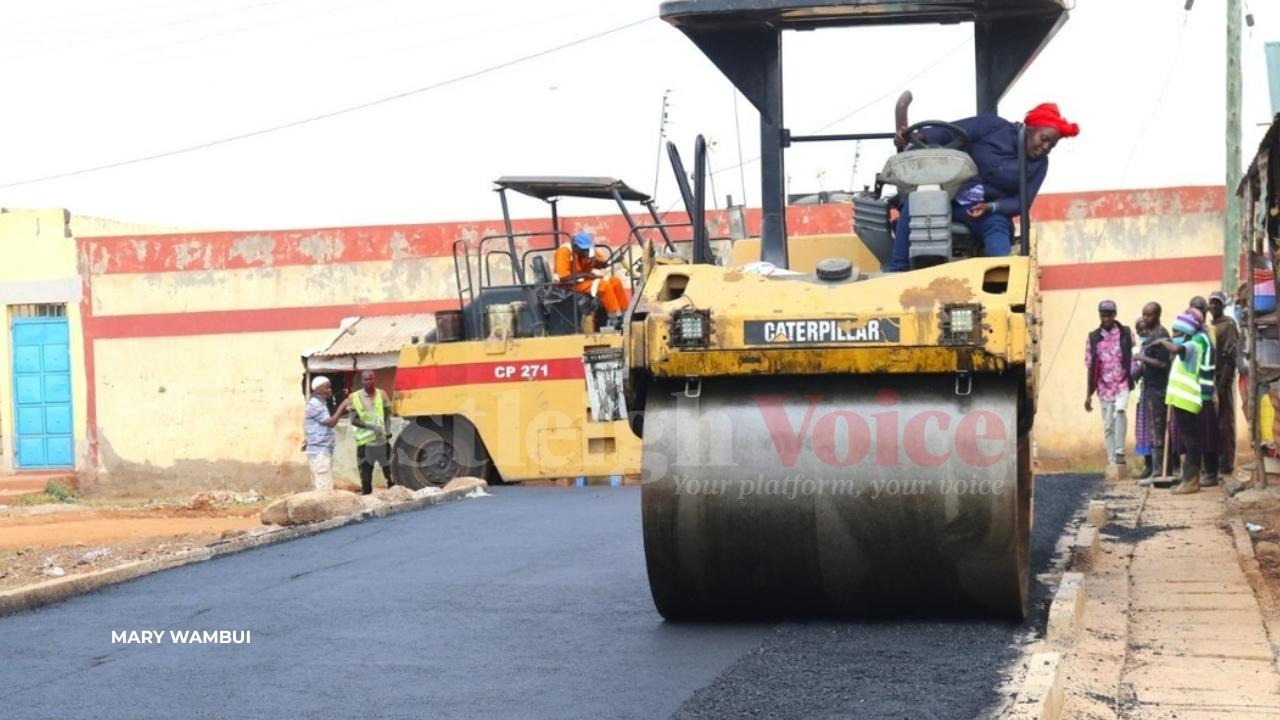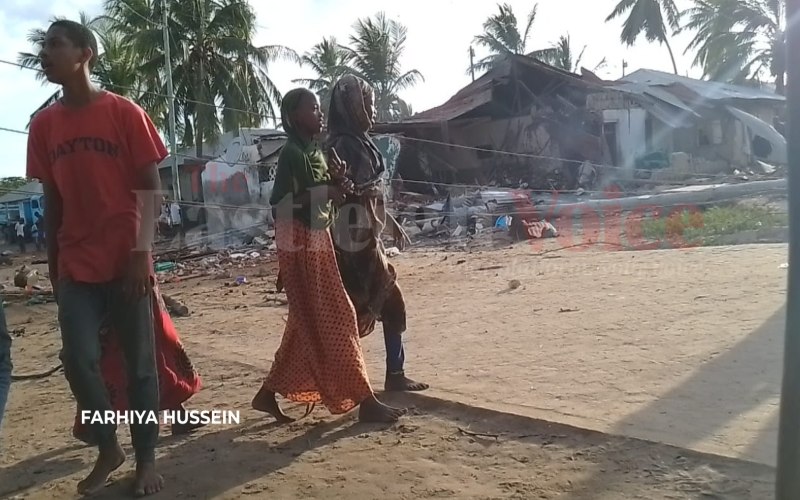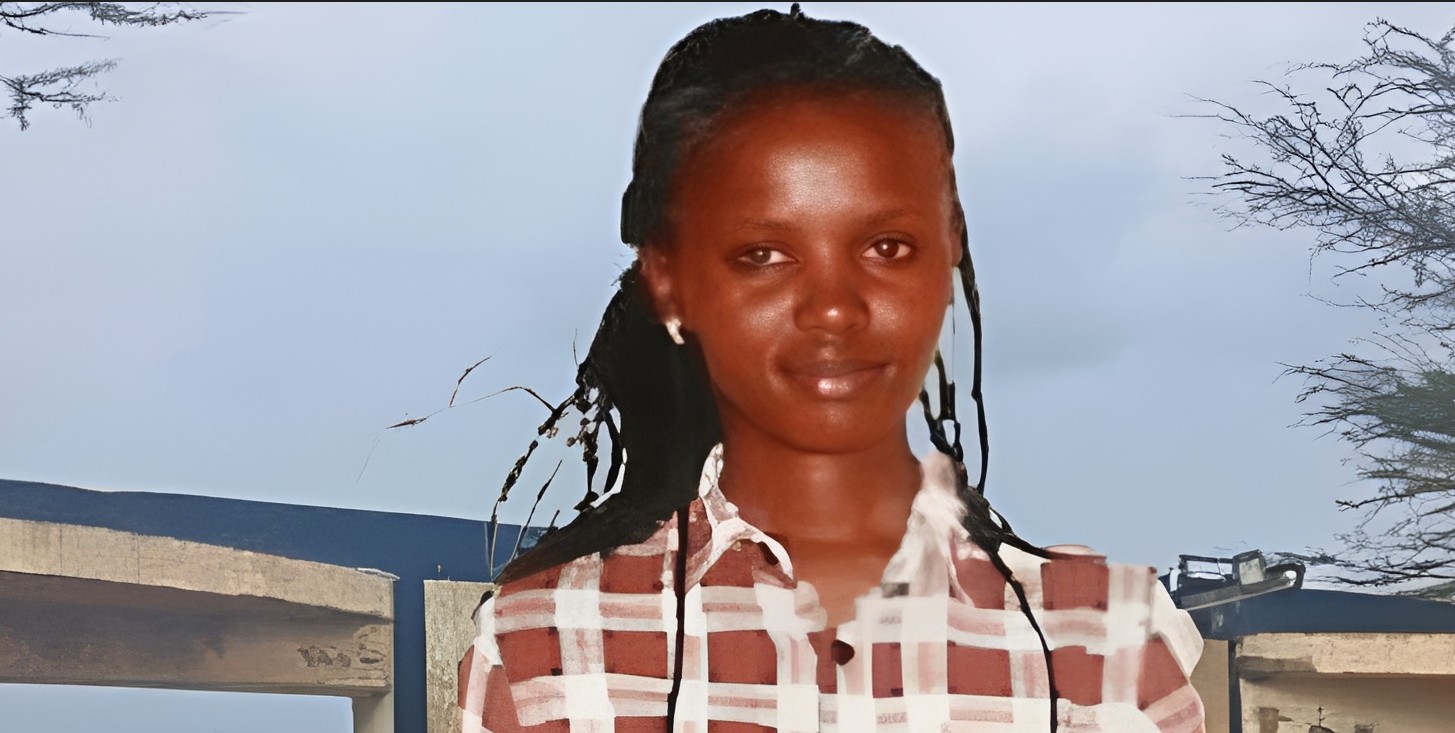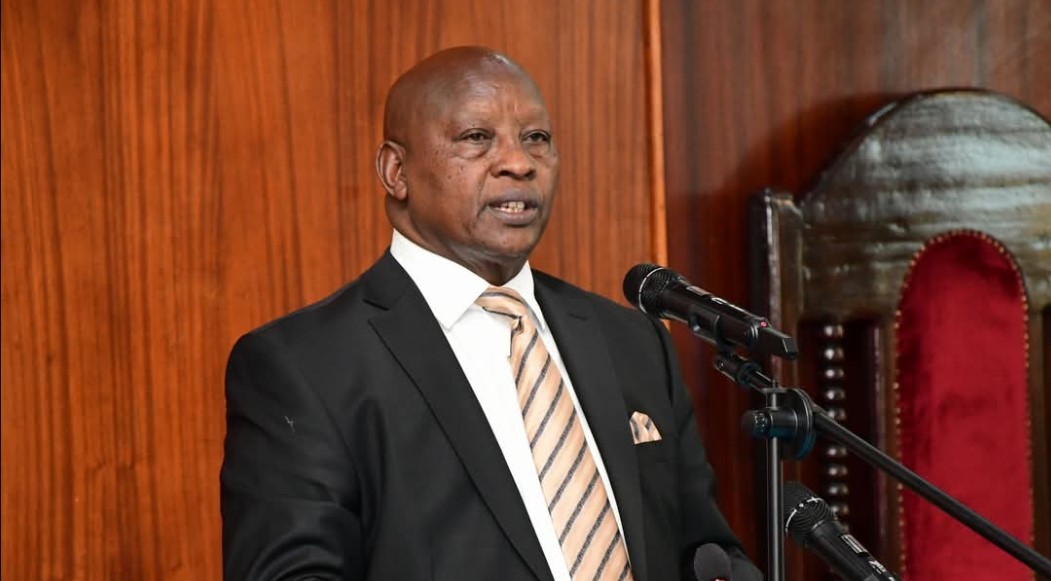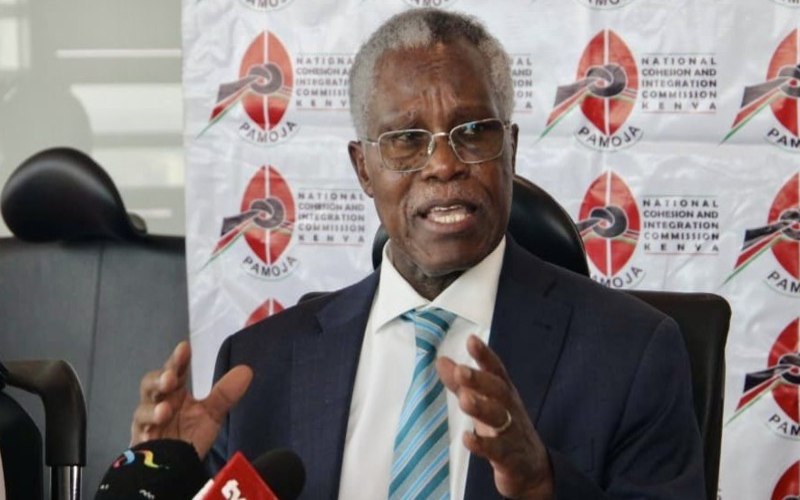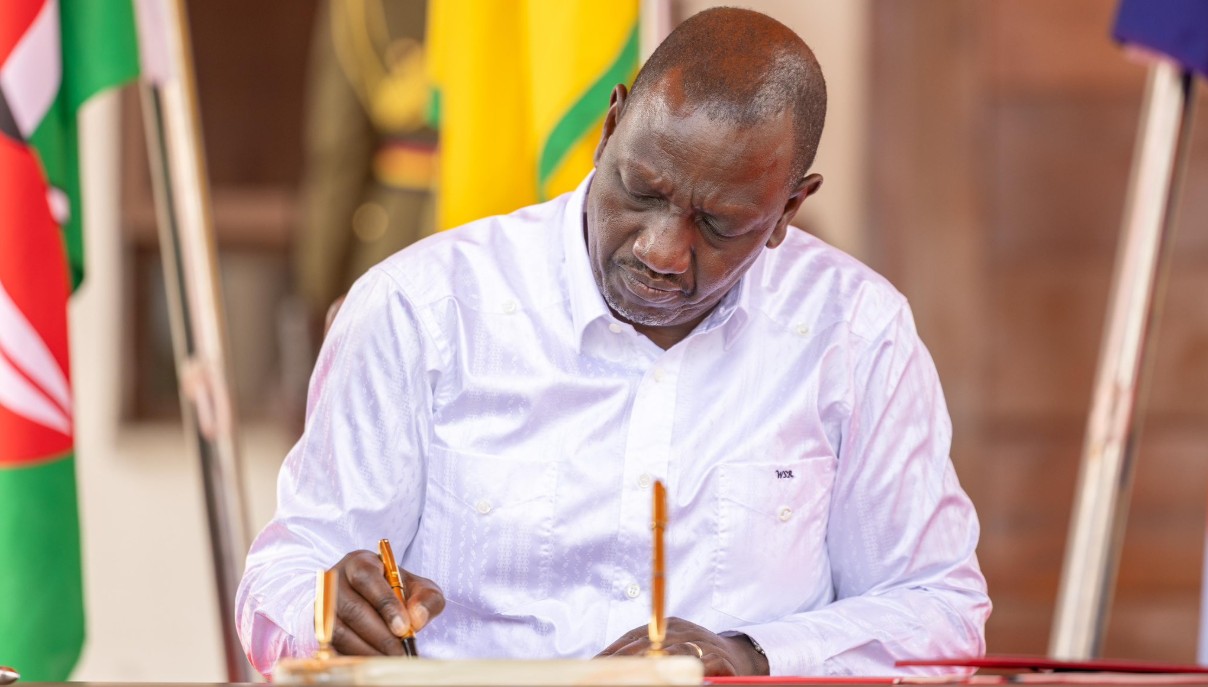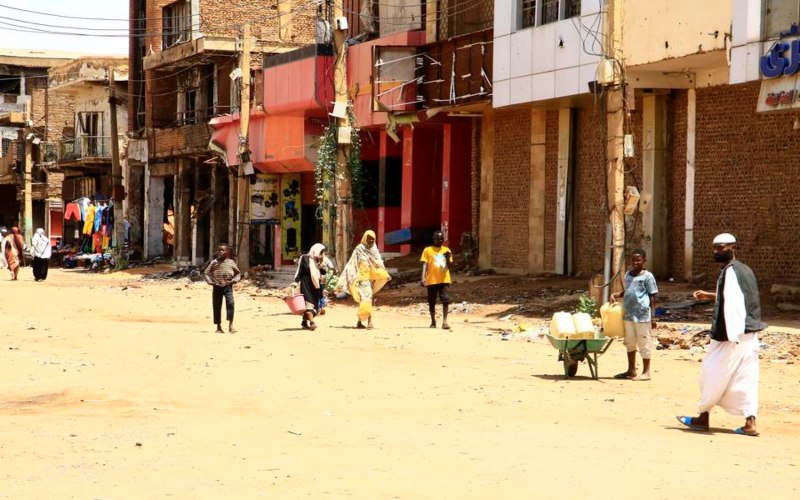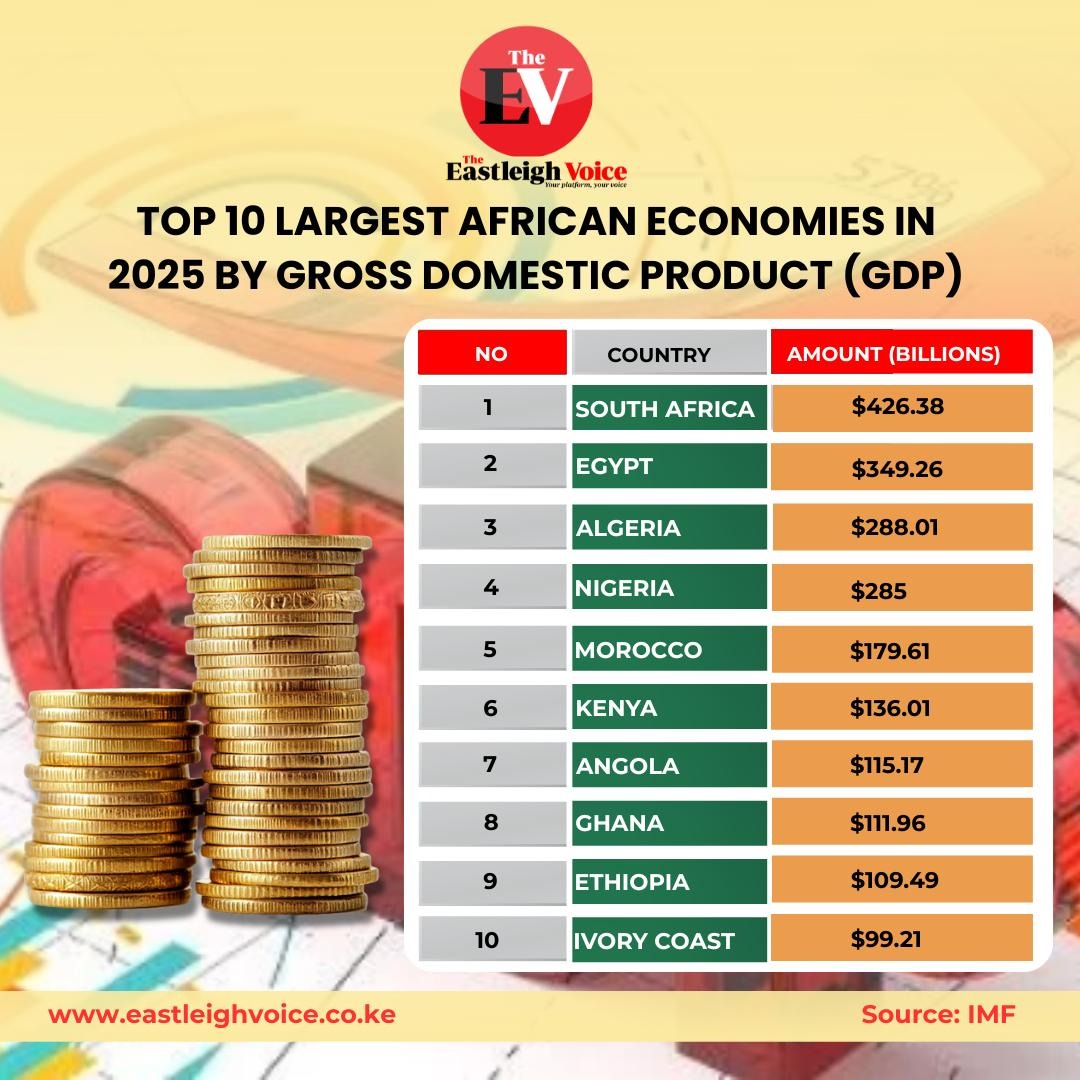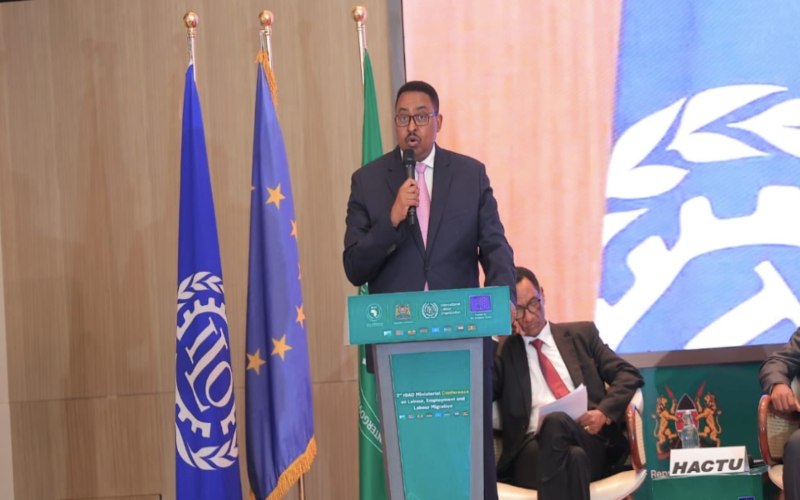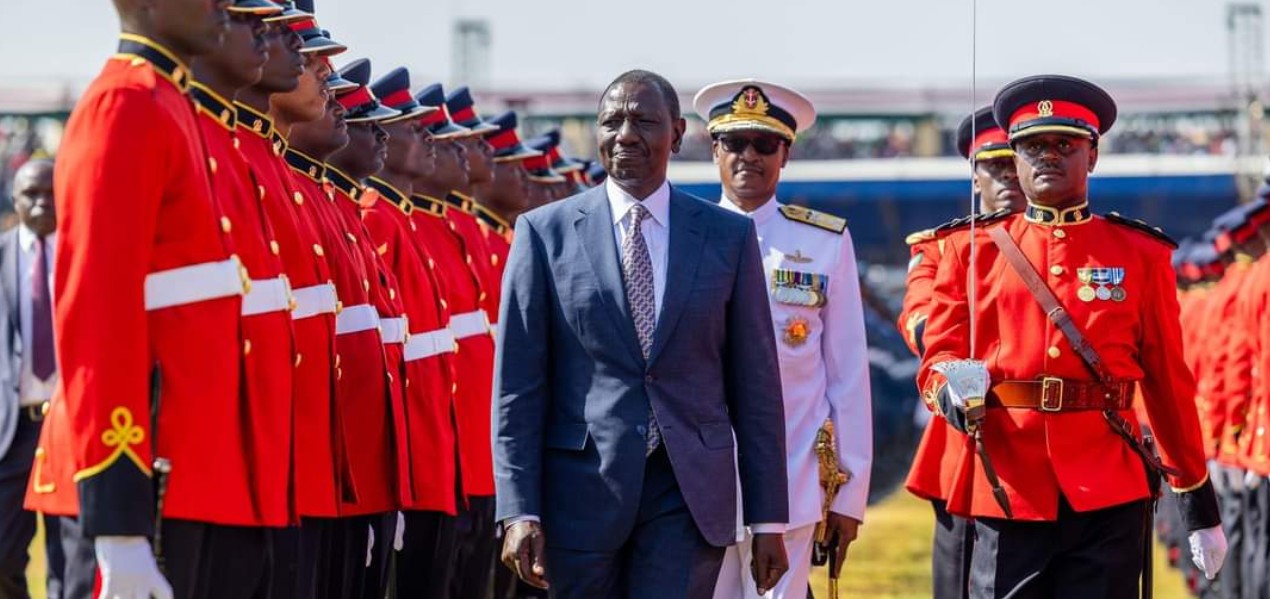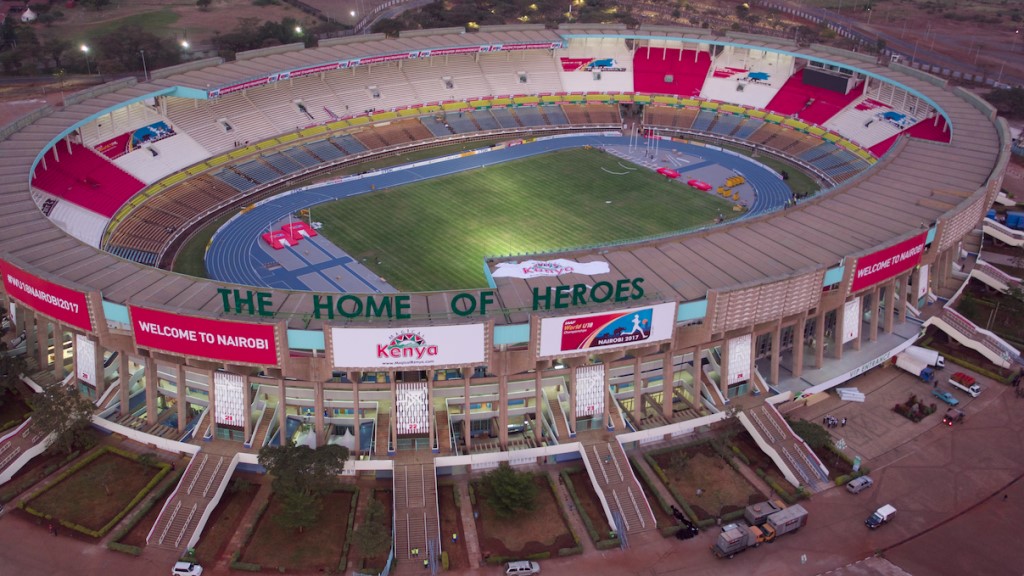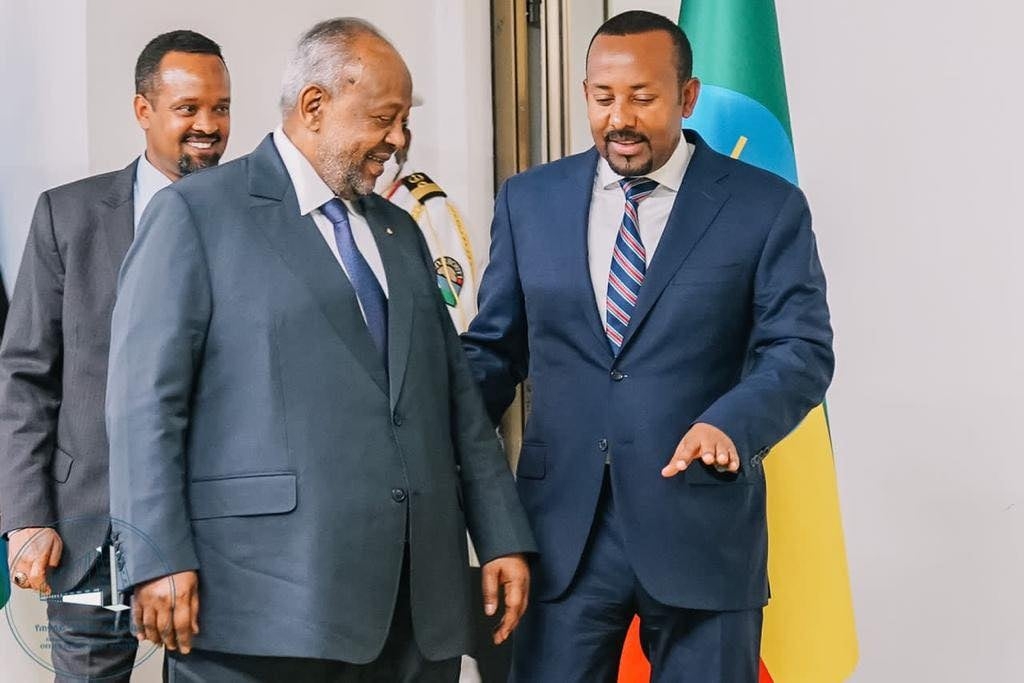795,000 children out of school as conflict devastates Eastern DRC - UNICEF
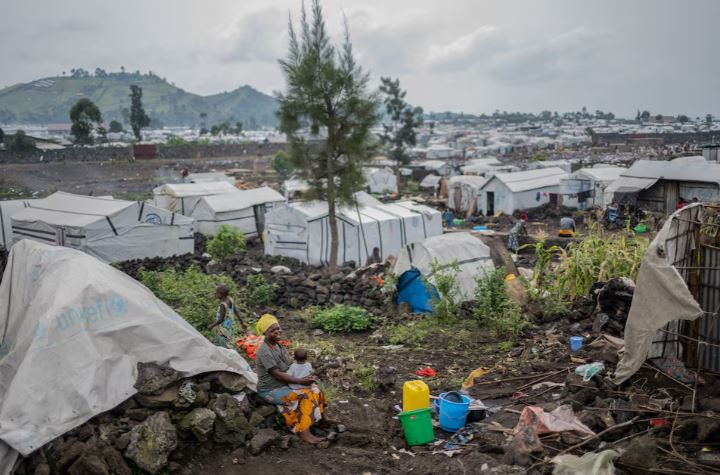
Before the conflict's latest escalation, the education system in eastern DRC was already under severe strain due to the displacement of millions.
In a growing crisis, UNICEF has called for urgent action to protect the education of hundreds of thousands of children in the eastern Democratic Republic of the Congo (DRC) as escalating violence and displacement disrupt schools in the region.
The conflict, which has intensified since the beginning of the year, has forced more than 2,500 schools and learning spaces to close across North Kivu, South Kivu, and Ituri provinces, including those in displacement camps.
More To Read
- Bold, diverse and unstoppable: Girls speak out amid a world in crisis
- Congo: Are M23 rebels really advancing toward Kinshasa?
- Conflicts in DRC and Sudan threaten COMESA integration, warns Secretary-General Chileshe Kapwepwe
- Tshisekedi, Kagame trade barbs at Brussels Gateway Forum over DRC conflict
- Uganda enhances security at border region with DR Congo after deadly attack
- WHO says rebuilding Gaza’s shattered health system critical to a lasting peace
These closures have left 795,000 children unable to attend school, a figure that has more than doubled from 465,000 in December 2024.
Over 1.6 million children in eastern DRC are now out of school, many of whom are at risk of never returning to education.
"This is a desperate situation for children," said Jean Francois Basse, UNICEF's acting Representative in DRC.
"Education and the support systems it provides – is what children need to retain a sense of normalcy and to recover and rebuild after this conflict," he added.
Before the conflict's latest escalation, the education system in eastern DRC was already under severe strain due to the displacement of millions.
More than 6.5 million people, including 2.6 million children, are currently displaced in the region.
The situation is worsening as many schools have either been destroyed or repurposed as shelters, further depriving children of their right to education.
While schools in Goma, a key city in North Kivu, reopened on February 9, 2025 attendance has been extremely low.
Parents are concerned about the security situation, with many fearing it is still too dangerous for their children to attend classes.
In times of conflict, schools play a critical role in providing stability and safety. They protect children from the risk of being recruited by armed groups and from potential violence.
Schools also provide a space for children to receive much-needed psychological support after experiencing trauma.
To address the growing educational crisis, UNICEF is working with its partners to set up temporary learning spaces and distribute school materials, including hygiene and sanitation kits.
The organisation is also exploring innovative solutions like radio-based education and accelerated learning programmes to reach the most marginalised children in remote areas.
In Goma, where the ongoing conflict has left mines and unexploded ordnance scattered around schools and other public spaces, UNICEF will lead mine risk education efforts to ensure the safety of children and the wider community.
"For the past two years we have invested heavily in learning structures at displacement sites around Goma," Basse said.
"But these are now largely empty, and we are extremely worried that children who are displaced once more may never return to school," he added.
UNICEF is calling for greater international support, seeking US$52 million (Sh6.7 billion) as part of its overall humanitarian appeal to address the urgent educational needs of 480,000 children in the region.
In addition, UNICEF is urging all parties to the conflict to respect education facilities and other civilian objects, in line with international law, and immediately cease the military use of any education facility.
Top Stories Today
